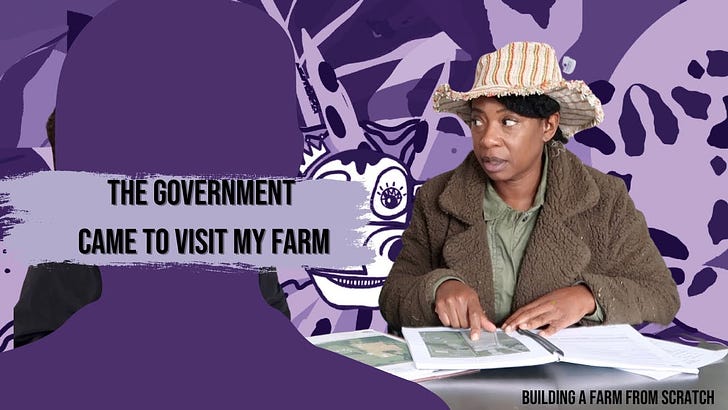The Farmer of Now
The faces of farming and food are presented to be all the same, making it hard for stakeholders and consumers alike to discern how, and who, to support in agriculture.
Most people understand that not all farmers are the same, but it’s gotten really hard in today’s society to actually know a farmer, let alone a bunch of different types of farms. Media targeting the values of modern society tend to highlight thought leaders who have a story and expertise to share about new and compelling farming tactics, like Farmer Cee here with this excellent overview of the U.S. government cover crop programs.
Stories —> Purchases —> Policies
Consumer expectations, expressed through food purchases and environmental demands in coexisting alongside agriculture, are selfish. People want to spend money on things that are going to benefit them directly.
These days, according to consumer research and marketing firm 6 Seeds, people are buying more comfort food to help relax and cope with climate anxiety, spreading domestic and international tensions, and the rising cost of living. Another way that some people alleviate anxiety about food security and community resiliency is to buy directly from farmers and other makers of local goods, driving a steady increase in farmers market sales and farm-direct sales to customers.
In addition to comfortable, modern consumers want their food to be safe and nutritious, especially in feeding children, sick people, and athletes. The certified organic market segment is a proxy for the size of consumer demand that is seeking these features and benefits, and it is shifting.
Fast-growing new certifications like Regenefied, Land to Market, and Regenerative Organic Certified offer an elevated level of information, scoring and ecological improvements, and greater assurance as to the delivery of features and benefits around food safety and nutrition. The key to their long-term viability are reliable systems for tracing and validating label claims back to fields of origin.
De-Commodifying Farmers
Commodity markets and supply chains effectively erase all identity and individual consumer-facing features and benefits associated with the farms that sell into them. This is why the infrastructure to connect markets back into the right farms will be so valuable going forward.
The opportunity for buyers and service providers right now is to find and build relationships with the farmers who are stepping forward into new realities of economic land use optimization. Let’s unpack what activities and characteristics define their approach to agriculture, and how it will shift the landscape towards short-term compliance and long-term resiliency.
The Farmer of Now Is:
Already engaged directly with customers, if even only on a tiny percentage of their land. This covers a wide range, from kids who sell eggs and garden vegetables at the end of the lane, to market gardeners and greenhouse farm businesses that rely 100% on farmers markets and customer-direct sales.
This points to farmers of vegetables and livestock on pasture, who welcome customers and visitors onto their properties. It’s rare that commercial grain-only farms or CAFO barns (confined animal feeding operations, including dairy, pork and eggs) are directly engaged with consumers and/or environmental groups.
Curious about new marketing opportunities, and engaged in research about carbon and biodiversity markets, production protocols like the ones required to sell into gluten-free grain markets, and who are conscious of the risks to market access related to pesticide residues on grain.
These farmers are less interested in influence than impact, i.e. they aren’t found through their thousands of Twitter followers. Note, not every farmer thinks about their grain as a food ingredient, because so much of it is processed into biofuel. In building new markets, it’s important to avoid the community of farmers that care more about the oil and gas economy than domestic food security.
Working to reduce farm-level emissions, by adopting novel production tactics and products like foliar nitrogen, compost tea, biochar, managed grazing, etc.
This usually means the farms are in their 30’s or 40’s, i.e. ‘the recycling generation,’ raised with an understanding of pollution and water scarcity.
These are sometimes brand-new farmers who got into the business after establishing a successful career off the farm, and without the push of multigenerational wealth.
Political biases may be private, as the money in agriculture on the right is effective at silencing dialogue about typically left-wing issues, in mostly conservative-represented rural areas.
It must also be noted, during this time of Truth and Reconciliation with North America’s colonial history, that the target farmer demographic to supply emerging markets will also have a conscious respect for, and a desire to engage with their neighboring communities on reserves. So much of the philosophical foundation of ‘regenerative agriculture’ stems from indigenous wisdom; building cross-cultural personal and commercial relationships is paramount to modernizing farming right now.



